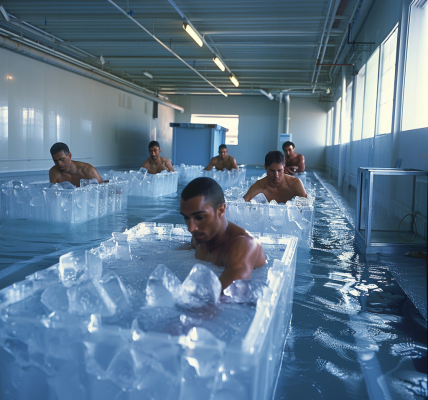Glitter has long been a popular choice for adding sparkle to clothing, makeup, accessories, and festive decorations. However, a recent study conducted by researchers at the Federal University of São Carlos has revealed a concerning impact of glitter on aquatic plant growth.
The study, supported by FAPESP, found that the metal coating on glitter reduces the amount of light penetrating water bodies, thereby impairing photosynthesis in the Large-flowered waterweed Egeria densa. This discovery raises concerns about the potential impact of glitter on primary production in aquatic ecosystems.
Glitter, often made of microplastics and metals such as aluminum, is a common pollutant in rivers and seas. Unlike larger plastics, microplastics like glitter are not filtered by wastewater treatment plants, leading to their accumulation in aquatic environments.
The research focused on the effects of glitter on E. densa, an important macrophyte native to South America. Macrophytes play crucial roles in aquatic ecosystems, providing food and shelter for various species, as well as contributing to oxygen production and water filtration.
Experiments conducted as part of the study involved incubating 400 fragments of E. densa in flasks containing water from the Monjolinho reservoir at UFSCar, along with common glitter typically found in retail stores. The researchers observed the impact of glitter on photosynthesis rates using established scientific methods.
The findings, published in the New Zealand Journal of Botany, underscore the potential harm that glitter can cause to aquatic plant life. As glitter continues to be widely used in various consumer products and festive activities, the study’s results highlight the need for greater awareness of its environmental implications.





